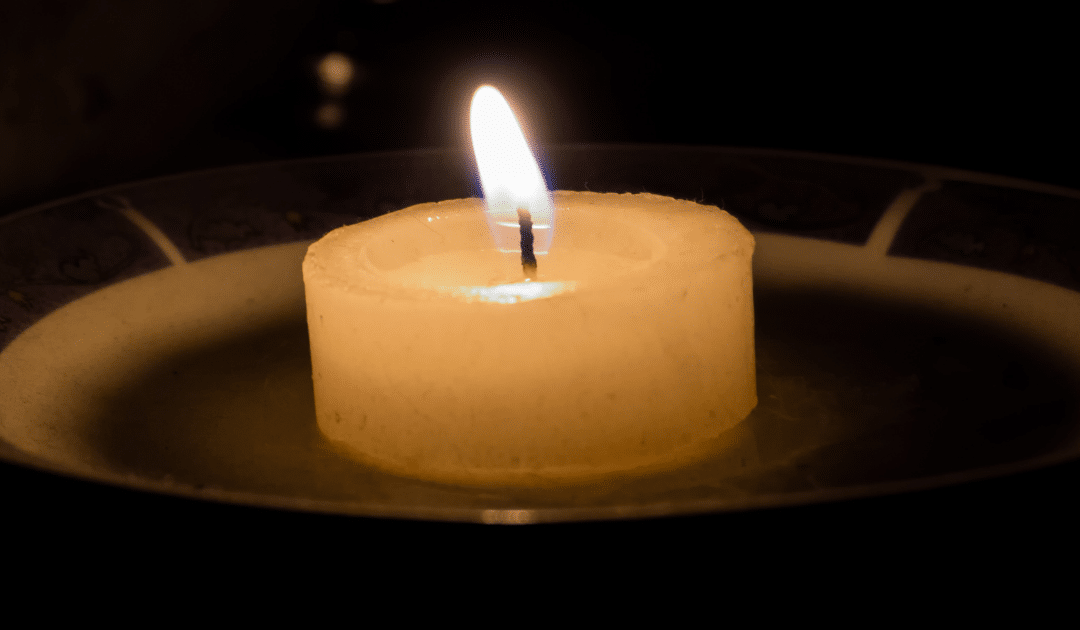Power outages can last anywhere from a few hours to days or even weeks. In the latter case, an outage can affect entire communities, disrupting communications, transportation, and emergency response or health care services. It can also close businesses, banks, gas stations, grocery stores, and other services.
Understanding why and how they happen can help you better prepare. Next, having a plan and taking precautions ahead of time will help you and your family ride out the outage with less stress and a greater sense of control.
When and Why They Happen
Knowing how outages happen can sometimes help you predict when they’re most likely to occur – for instance, during storms or heatwaves. Other times, they’re random and unpredictable.
-
- Weather – Storms and weather events such as high winds, ice, and snow are the most common cause of outages, oftentimes due to trees and limbs taking down power lines. Rain and flooding can also damage above-ground or underground electrical equipment. And earthquakes of all sizes can damage electrical grids.
- Animals – Far and away, squirrels cause the most damage to power lines, but snakes and other critters can prompt an outage by nesting in or climbing on transformers, boxes and other equipment.
- Human Error – Car accidents and digging mishaps — when underground lines are hit — are a common cause. Additionally, electrical overuse during heatwaves and other times of unusually high demand can overburden cables, transformers and other links in the system.
Get Ahead of an Outage with Smart Planning
Planning and preparation are key to making a power outage manageable. There’s no better time than today to get started on the steps below.
Communications
-
- Download the NOAA radio app, your local weather alert app, and any other emergency app of your choice.
- Talk to your medical provider If anyone in your household requires electric medical devices or refrigerated medication. Get guidance on what to do if you lose power.
- Update your phone number and contact information with your electric provider.
Plans and kits
-
- Assemble or update your emergency kit – one for your family and another for your pet(s). Be sure to check and replace all batteries and have fresh back-ups. Also make sure you have COVID-19 supplies such as hand sanitizer, wipes, masks, and gloves.
- Make sure your household evacuation plan is current, and all household members and pets are accounted for.
- Know your local community’s risk and response plans.
- Have a plan, budget, and some extra cash on hand in case power restoration is delayed.
In Your Home
-
- Install surge protectors to help safeguard expensive appliances, computers and entertainment systems.
- Install carbon monoxide monitors with battery backup on every level of your home.
- Have at least a half tank of gas in your car at all times.
- Purchase household and food supplies ahead of time and stash some extras in case of an extended outage.
A Go-To Plan for When the Grid Goes Dark
Ideally, you and your family will have been able to take the above steps before the lights go out. If so, you’ll be ready to put the following strategies into place in order to remain as safe and comfortable as possible during the outage.
Communications
-
- Tune into the NOAA radio on a battery-powered or hand-crank radio, and/or the local radio station for news and weather updates.
- Report the outage immediately to your local power provider (have their info printed out and handy).
In Your Home
-
- Turn off and unplug all appliances, including the air conditioner, water heater, furnace, and water pump, as well as any sensitive electronics. Leave one light on to know when the power’s been restored – this helps prevent a circuit overload when everything comes back online.
- Keep refrigerator and freezer doors closed. Frozen food will stay frozen for 24-48 hours, depending on how full the freezer is. For refrigerated items, after about 4 hours, move perishable items into a cooler with ice (they should remain at 40 degrees Fahrenheit or colder to be safe).
- If using portable stoves or lanterns, only use them in sufficiently ventilated areas.
- Use flashlights instead of candles.
Outside
-
- Report any downed power lines to your electric company. Keep yourself, family, and pets away from downed lines, flooded areas, and debris.
- Avoid driving if you can. Traffic lights will be out and roads will be chaotic and unsafe.
- If you’re operating a generator, follow safety protocols. Never operate it in your home, garage, or other enclosed spaces.
- Check on your neighbors. The elderly and young children are especially susceptible to extreme temperatures.
The length of time it takes to restore power can vary according to the cause of the outage, the extent of damage, and the geographic area affected. Electric companies have detailed plans and procedures for restoration — starting with repairs to damaged power infrastructure, then re-powering critical community services, and finally restoring power to individuals and businesses in order of density.
By following the tips above, you can ride out the worst of it with less stress, knowing you prepared well.
This article is furnished by California Casualty, providing auto and home insurance to educators, law enforcement officers, firefighters, and nurses. Get a quote at 1.866.704.8614 or www.calcas.com.
- Graduation – When to Remove Your Child from Your Auto Policy - May 18, 2023
- How to Prevent Catalytic Converter Theft - May 17, 2023
- How Much Does Home Insurance Cost? - May 17, 2023


An additional tip in hot summers: Have enough battery operated fans in the house for everyone and squirt bottles to spray water on yourselves for evaporative cooling.
Thanks for sharing this fantastic idea, Susan. I think I see the purchase of some battery operated fans in my very near future!